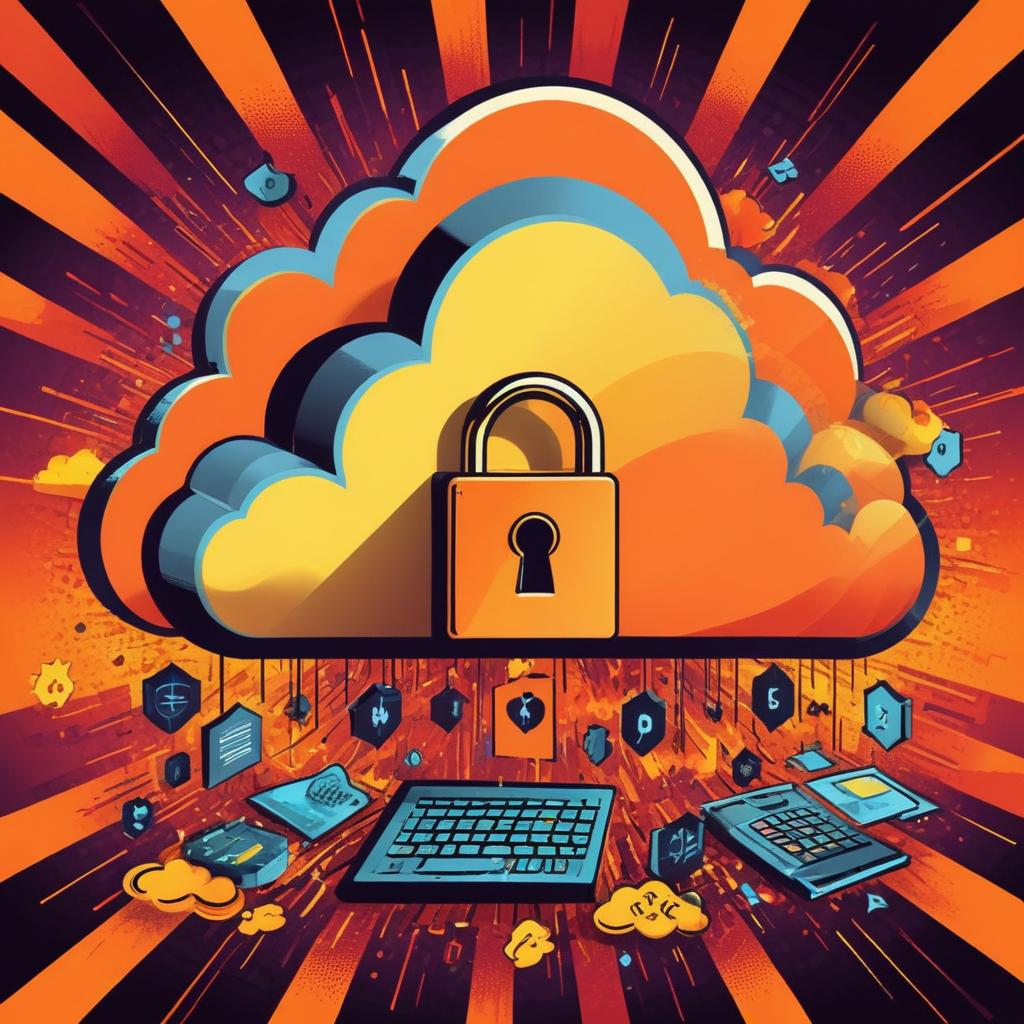Preparing for Ransomware: Key Insights and Considerations for Cloud Security in 2025

The most alarming thing to organizations across the globe is the rise of ransomware; experts are now discussing the urgency for cloud security spending practices in businesses in preparation for 2025. A recent keynote speaker at the "Ransomware & Cloud Data Protection Summit" was the principal cloud architect at DesignMind, Joey D'Antoni, who shared key insights to help businesses in their defence. In the D'Antoni style, the strategic pluses are located in the tactical, short-term structure of the model with the capability for long-term potential.
- Understanding the Shared Responsibility Model: Certain misconfigurations that may point toward risk-bearing breaches and not be handled by the data protection organization are common. This is why kinetic security knowledge and its application are meant to ensure that organizations' data security is effectively managed.
- Continuous Monitoring: This covers having efficient systems set in place to monitor continually and detect possible vulnerabilities before they are exploited.
- Implementing Encryption: Data must be encrypted so that unauthorized persons do not have access to sensitive information, increasing the overall integrity of data.
- Role-Based Access Control (RBAC): An access control system that allows organizations to assign users their security levels; hence, this maintains a good balance between safety and accessibility.
7 point cloud security
First, D'Antoni emphasizes one of the key elements of the shared responsibility model in that organizations are supposed to understand it completely. Only about 30% of IT professionals have a clear understanding of the security commitments made by cloud providers, research indicates. Do organizations truly leverage the tools given them within this framework? Misinterpretations can lead to serious oversights.
The second suggestion is that continuous monitoring will have the resources of the smaller establishments affected very much due to implementation; resources may be consumed. It will also be crucial that more accessible strategies are designed to meet varying organizational sizes, given that complexity is a risk to proper execution and experts should be at hand.
Furthermore, although encryption is very important, D'Antoni does not mention how difficult it would be to manage personal certificates to use it. Mismanagement and numerous data breaches are due to lost or poorly managed keys, as a matter of fact. Are organizations ready to provide so many ongoing costs for maintaining relevant skills to ensure that encryption is correctly applied?
On that subject, D'Antoni would advise avoiding SMS-based ways in favour of a more secure one, highlighting their modernity. The average organization keeps using SMS-based MFA because they find it easy. What does a business need to do to shift its user base to a more secure method?
From now on, it is the interaction of these strategies that organizations should focus their efforts on with the training of employees, the awareness of users, and an overall culture of security. How many organizations address these non-technical factors, which affect the success of a technical strategy at the most significant level? Maybe the road to improved security isn't only paved with technology but also with human processes.
On a brighter note, events like the "Ransomware & Cloud Data Protection Summit" provide attendees with access to valuable expertise and peer discussions, enabling a more hands-on approach to these critical issues. Can this collaborative environment spark innovation and fresh strategies among professionals?
Ongoing advances in cloud security, on the other hand, stress a communal effort where knowledge sharing and practical implementations are needed to steer through an increasingly complex digital world.
Our knowledge of the implications of data loss is built on our experience in creating data recovery software for virtual and real environments. Our purpose is to enable businesses with tools and strategies in place to prevent data loss and ensure a secure cloud landscape.